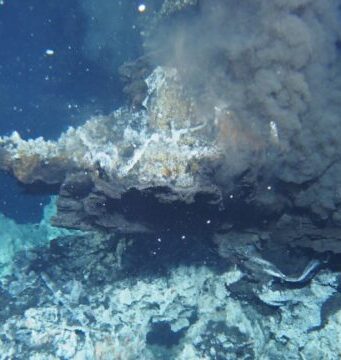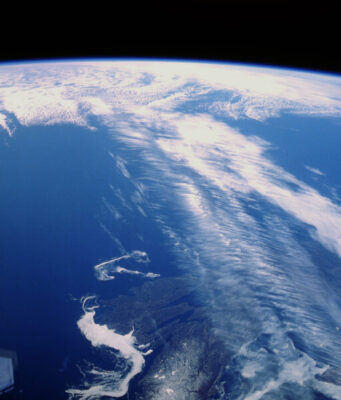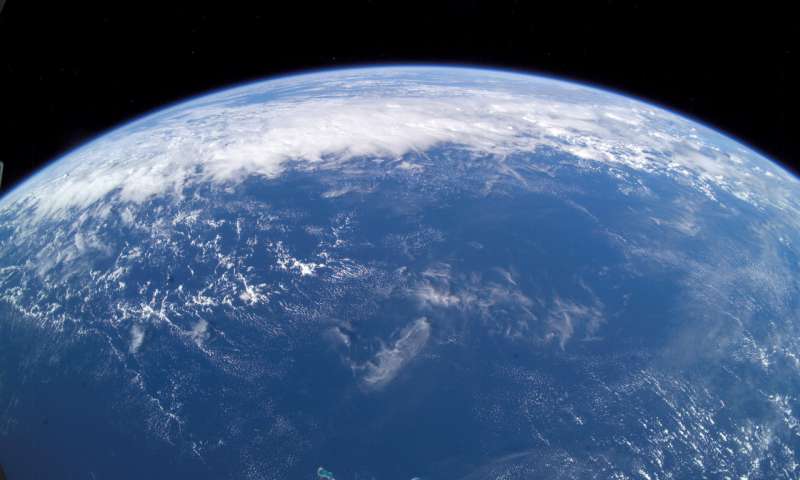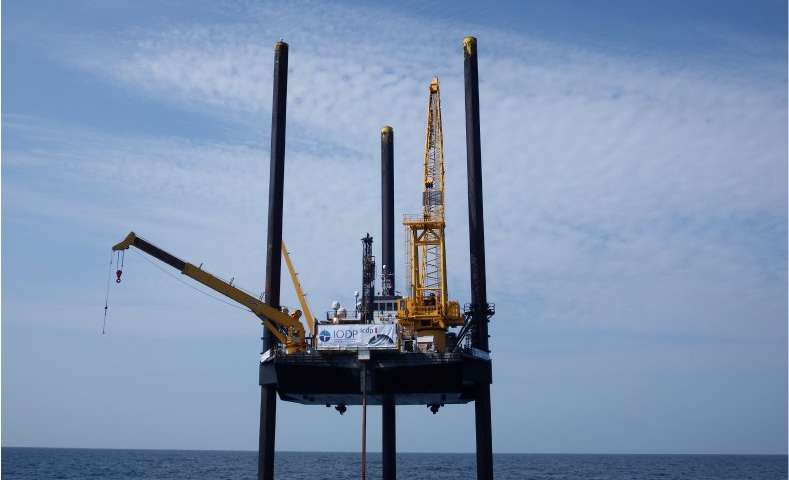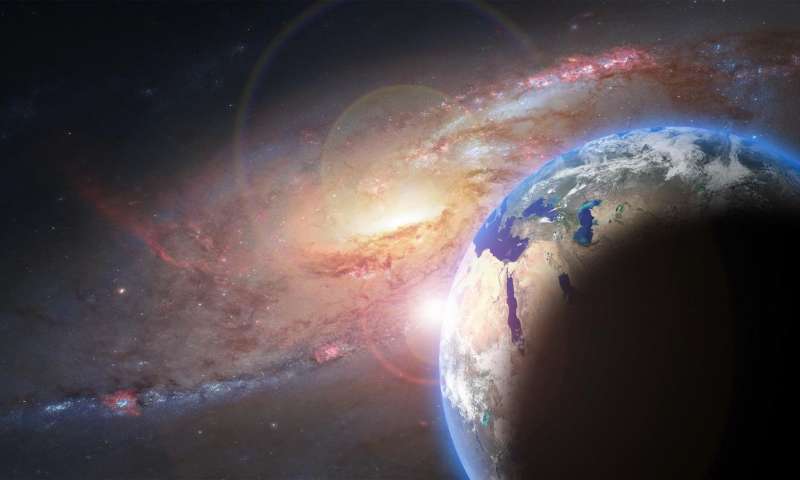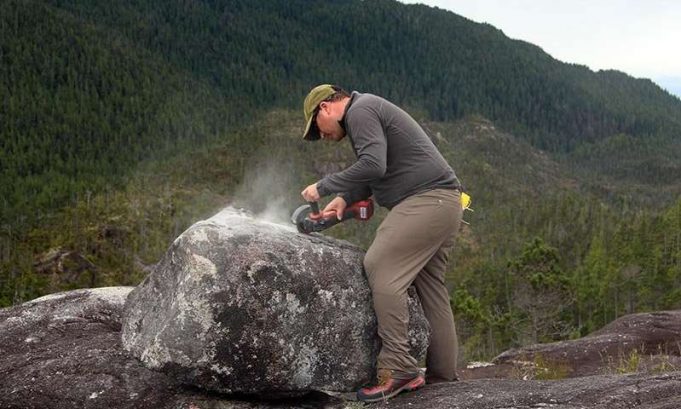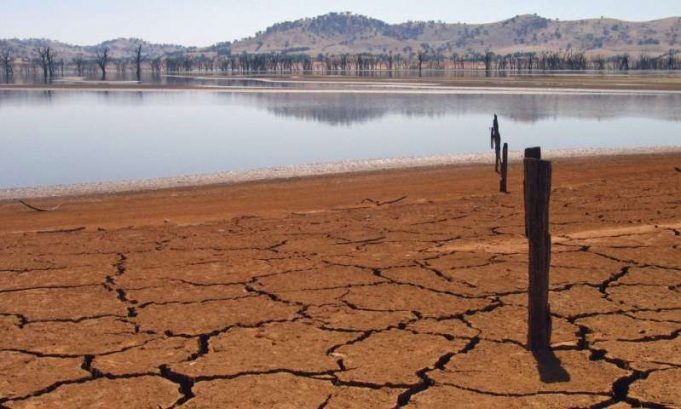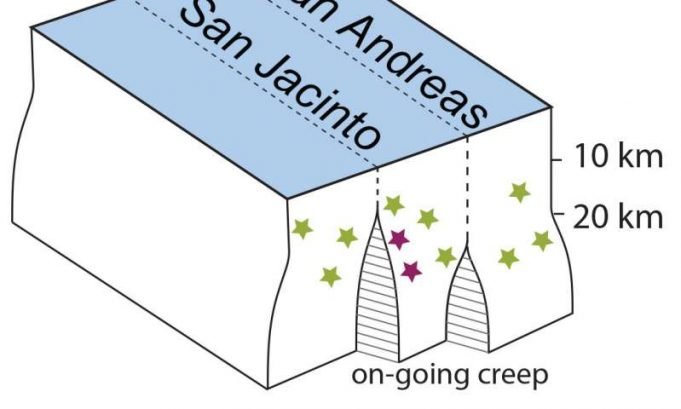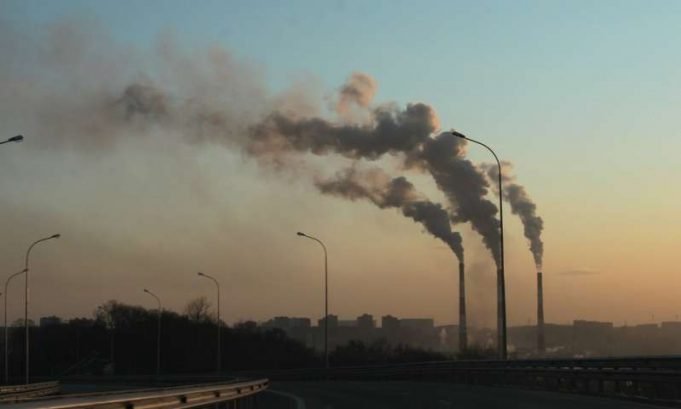A survey of ice in Greenland has uncovered evidence suggesting a kilometer-wide iron asteroid slammed into that island, perhaps as recently as 12,000 years ago during the end of the Pleistocene. The resulting 19-mile-wide impact crater has remained hidden...
Where did Earth's global ocean come from? A team of Arizona State University geoscientists led by Peter Buseck, Regents' Professor in ASU's School of Earth and Space Exploration (SESE) and School of Molecular Sciences, has found an answer in...
The world's last wilderness areas are rapidly disappearing, with explicit international conservation targets critically needed, according to University of Queensland-led research.
The international team recently mapped intact ocean ecosystems, complementing a 2016 project charting remaining terrestrial wilderness.
Professor James Watson, from...
Sixty-six million years ago, an asteroid the size of a small city smashed into the earth. This impact, the one that would lead to the end of the dinosaurs, left a scar several miles underground and more than 115...
A new study by researchers at The Australian National University (ANU) could help us understand how our planet was formed.
Associate Professor Hrvoje Tkalčić and PhD Scholar Than-Son Phạm are confident they now have direct proof the earth's inner core...
A group of researchers have discovered the retreat of an ancient ice sheet from the western coast of Canada occurred earlier than previously thought.
Dr. Christopher Darvill from The University of Manchester's Department of Geography is the lead author on...
The most severe mass extinction in Earth's history occurred with almost no early warning signs, according to a new study by scientists at MIT, China, and elsewhere.
The end-Permian mass extinction, which took place 251.9 million years ago, killed off...
Scientists have observed for years that the Earth's tropics are widening in connection with complex changes in climate and weather patterns. But in recent years, it appeared the widening was outpacing what models predicted, suggesting other factors were at...
A new analysis of thousands of very small earthquakes that have occurred in the San Bernardino basin near the San Andreas and San Jacinto faults suggests that the unusual deformation of some—they move in a different way than expected—may...
A new study has for the first time comprehensively accounted for permafrost carbon release when estimating emission budgets for climate targets. The results show that the world might be closer to exceeding the budget for the long-term target of...
The Gulf of St. Lawrence has warmed and lost oxygen faster than almost anywhere else in the global oceans. The broad, biologically rich waterway in Eastern Canada drains North America's Great Lakes and is popular with fishing boats, whales...


